Receive our newsletter
Sign up to receive the latest news, special offers, exclusive events about PAUL MARIUS products and services, gift ideas and more.
By subscribing, I agree to the privacy policy.
For each of our creations, leather plays a central role, and we combine it with carefully selected buckles and clasps.
Embossed for an alligator leather effect, patent, metallic, smooth, oiled or grained... each specificity of the leather allows a customised sublimation for a unique result.
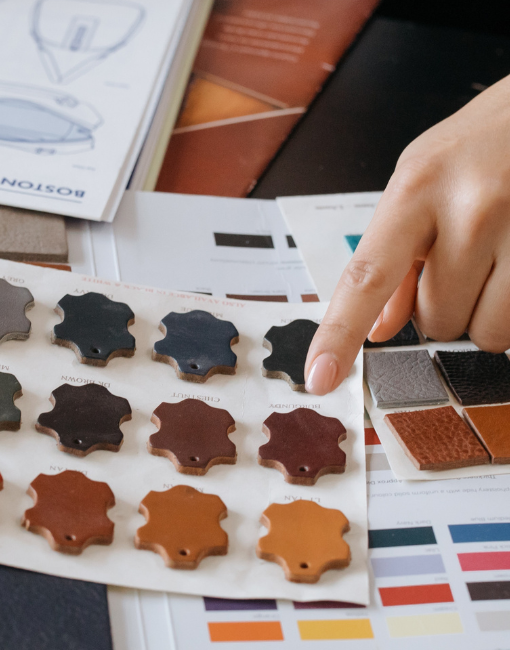

The grain is the structure of the dermis of an animal's skin.
This fgrain can be left intact, or be worked according to the desired result.
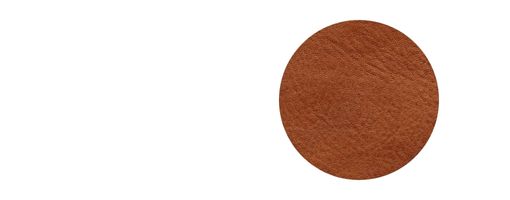

Full grain leather is when the leather has been tanned, without the need to correct the hide. The entire hide could be preserved because the animal's skin did not show any alteration.
Full grain leather is used in the production of the finest garments and leather goods.
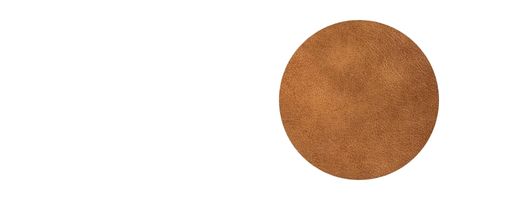

In contrast to full-grain leather, corrected grain leather requires a slight treatment to correct any imperfections. This is usually done by light sanding to improve the surface condition of the hide.
This technique makes it possible to optimise the entire hide and thus use pieces of leather that may have suffered some imperfections during the animal's life.
For the creation of leather goods, whether the grain is corrected or not, the leather is treated and then dyed, so that it can be transformed without being damaged.
This treatment will protect the grain from future aggressions, to obtain various textures and colours, and to facilitate maintenance.
In order to give the leather its colour, it receives a film of colour pigment with opacifying power.
This process makes it possible to obtain coloured leathers with a uniform finish.
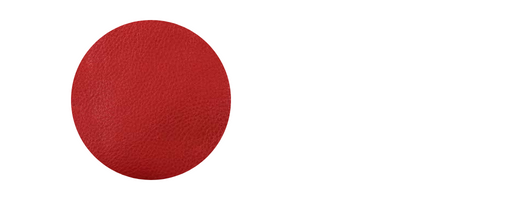

Like the pigmented leather, the pigmented leather "double tone" will receive two treatments.
The first treatment will allow the application of a base colour, and the second the application of a darker shade to create a contrast. This technique makes it possible to obtain an aged or shaded look.
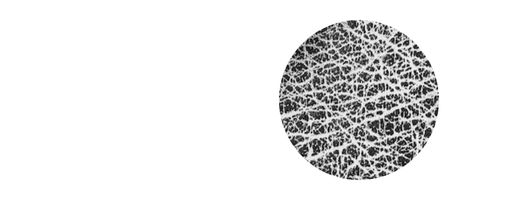

This type of leather with a matt appearance is obtained by immersion in an oily solution. This soaks the leather in oil, making it soft and durable.
The oil treatment also has the advantage of creating a first protective film on the leather, allowing it to develop a characteristic patina.


The term "suede leather" refers to two types of leather, similar in appearance, but obtained through different manufacturing processes.
These so-called "velvety" leathers have the particularity of being very supple and having a soft "peach skin" feel.
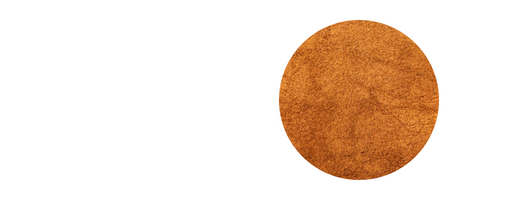

Like corrected grain leather, nubuck leather is obtained by sanding the outer surface of the hide, the grain side, to reveal the grain of the leather while providing a soft and supple leather.
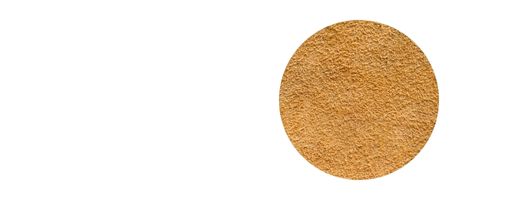

Unlike nubuck leather, velvet leather is obtained by brushing the flesh side. This means that the grain of the grain is not visible in velvet leather.
Once the product is finished, it is treated in the same way as nubuck leather.
Textured leathers are leathers that have been worked or not, in order to offer a rendering different from the natural aspect of the leather grain.
This particular work allows a great deal of creative freedom, with the possibility of creating very fanciful renderings.
The alligator or snake skin effect is obtained by embossing.
To give the leather a scaly look, the hide is hot-pressed with a binding press to obtain different patterns.
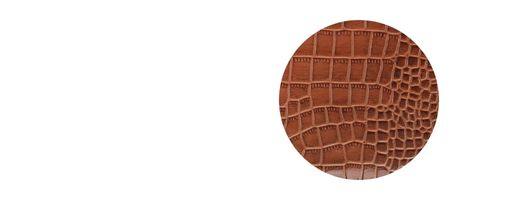

Unlike pigmentation, which is designed to soak the leather to give it a different colour, metallic leathers are covered with a transfer foil, hot-pressed to fix it permanently.
These sheets, also called "foils", cover the leather entirely and give it a very colourful and metallic look.
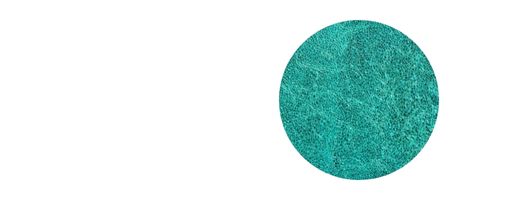

The least altered of all leathers, hairy leather is, as its name suggests, a raw leather that has retained the animal's hair.
Depending on the desired effect, this leather can be natural, dyed or treated to give it more or less relief.
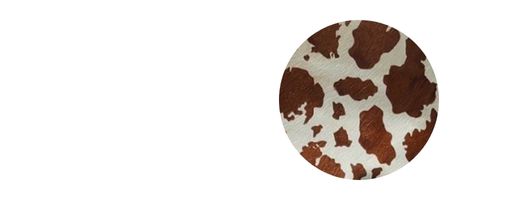

Photos credit PAUL MARIUS, Noah Kroes on Unsplash and Canva